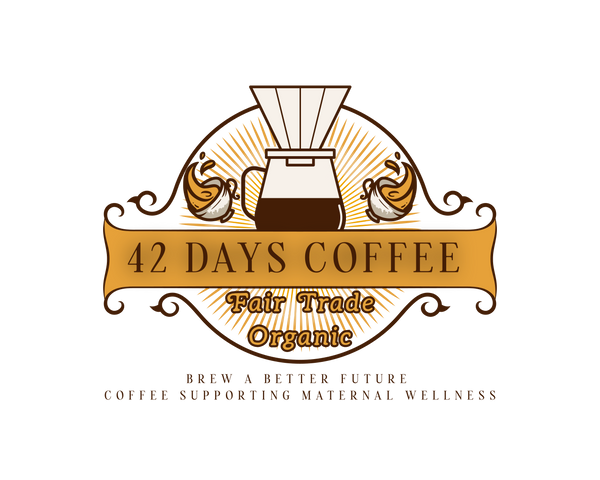
The Curious Case of Coffee Spelling Variations: What They Reveal About Culture & Trends
Share
At 42 Days Coffee, we believe in celebrating everything about coffee—from its origins and brewing methods to the surprising ways people spell it! You’ve seen it before: coffe, coffeee, coofee, cofffee, cooffee, and coofe. These spelling variations pop up in search engines, social media hashtags, and even marketing campaigns. But why do people spell "coffee" differently? And how can we, as coffee enthusiasts and business owners, embrace this quirk?
In this post, we’ll explore the origins of these variations, their cultural significance, and how businesses use them to their advantage. Buckle up for a caffeinated deep dive into language, culture, and digital strategy!
Why Are There So Many Coffee Spellings?
The variations of the word "coffee" are far from random. They’re rooted in a mix of cultural influences, typing quirks, and clever marketing strategies.
1. Cultural Roots of Coffee Spellings
The word "coffee" has traveled a long way through history, adapting to different languages and pronunciations. Here are some examples:
- Coffe: Reflects phonetic simplifications in non-English-speaking regions. For example, in Scandinavian countries, "coffe" might feel more natural to write and pronounce.
- Coofee: Could stem from dialects or accents that emphasize softer vowels, like those in Caribbean or Southern U.S. English.
- Cooffee: Double vowels are often used in languages like Finnish, Hungarian, or Swahili, where elongation is common.
The global love for coffee ensures that its name, and sometimes its spelling, gets a personal touch in different cultures.
2. Typing Errors and Internet Trends
Digital communication has made us faster—but not always more accurate. Here’s how common errors contribute to variations:
- Cofffee or Coffeee: Repeated letters are often accidental (fat-finger typing) or intentional to convey emphasis. Think: “I neeeeed coffeeee!”
- Coofe: A simple typo, often from hurried typing on small keyboards.
Interestingly, these "errors" can take on a life of their own, becoming memes, hashtags, or even branding elements.
3. The Marketing Genius Behind Misspellings
Some businesses intentionally lean into misspelled versions of "coffee." Why? Because it works:
- SEO Optimization: Ranking for common misspellings helps capture search traffic from people typing quickly or incorrectly.
- Social Media Virality: Hashtags like #cooffee and #coffeee trend because they feel playful and personal.
- Unique Branding: Misspelled names stand out. Imagine a café called "Cooffe & Chill"—it’s memorable and easily trademarked.
What Does the Data Say?
To understand the popularity of these variations, we analyzed search volume data for common misspellings of "coffee." Here’s what we found:
| Spelling | Search Volume (Monthly) | Trend (%) |
|---|---|---|
| Coffee | 1,500,000 | 🔼 5% |
| Coffe | 45,000 | 🔽 -2% |
| Coffeee | 20,000 | 🔼 10% |
| Coofee | 12,000 | 🔼 7% |
| Cofffee | 8,500 | ➡️ 0% |
| Cooffee | 6,000 | 🔼 15% |
| Coofe | 4,000 | 🔽 -1% |
Key Insights
- "Coffee" is king, but misspellings like coffeee and cooffee are growing due to social media trends.
- Variants like coofee are culturally influenced, while others are purely accidental or playful.
Final Thoughts
The way people spell "coffee" might seem trivial, but it offers incredible insights into culture, creativity, and digital trends. By embracing these quirks, we can celebrate coffee’s universal appeal while building stronger connections with our audience.
At 42 Days Coffee, we believe in meeting our customers where they are—even if that means diving into the fun, messy, and caffeinated world of spelling variations. So, how do you spell coffee today? Let us know in the comments or on social media!
Let’s brew up something extraordinary—however you spell it! ☕

